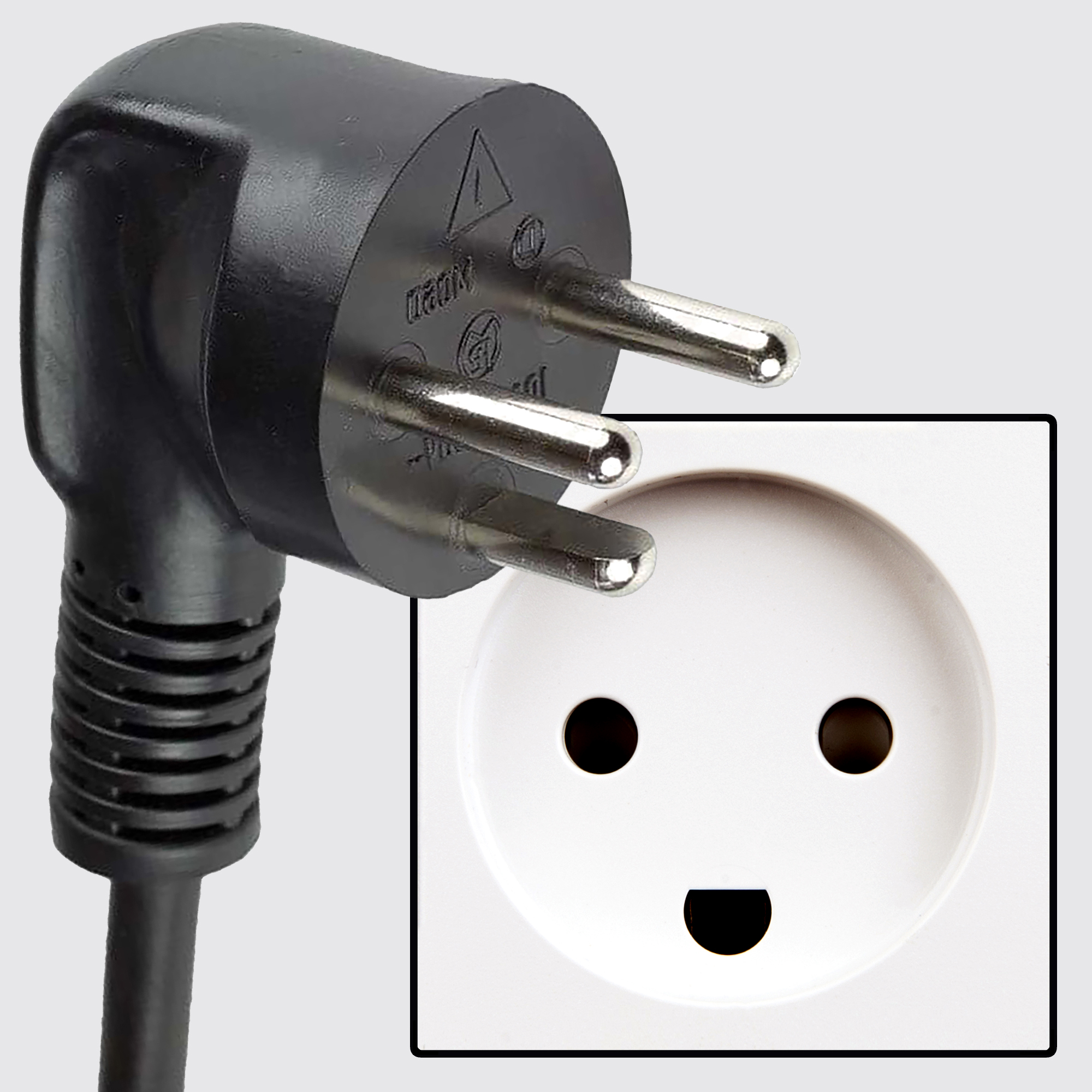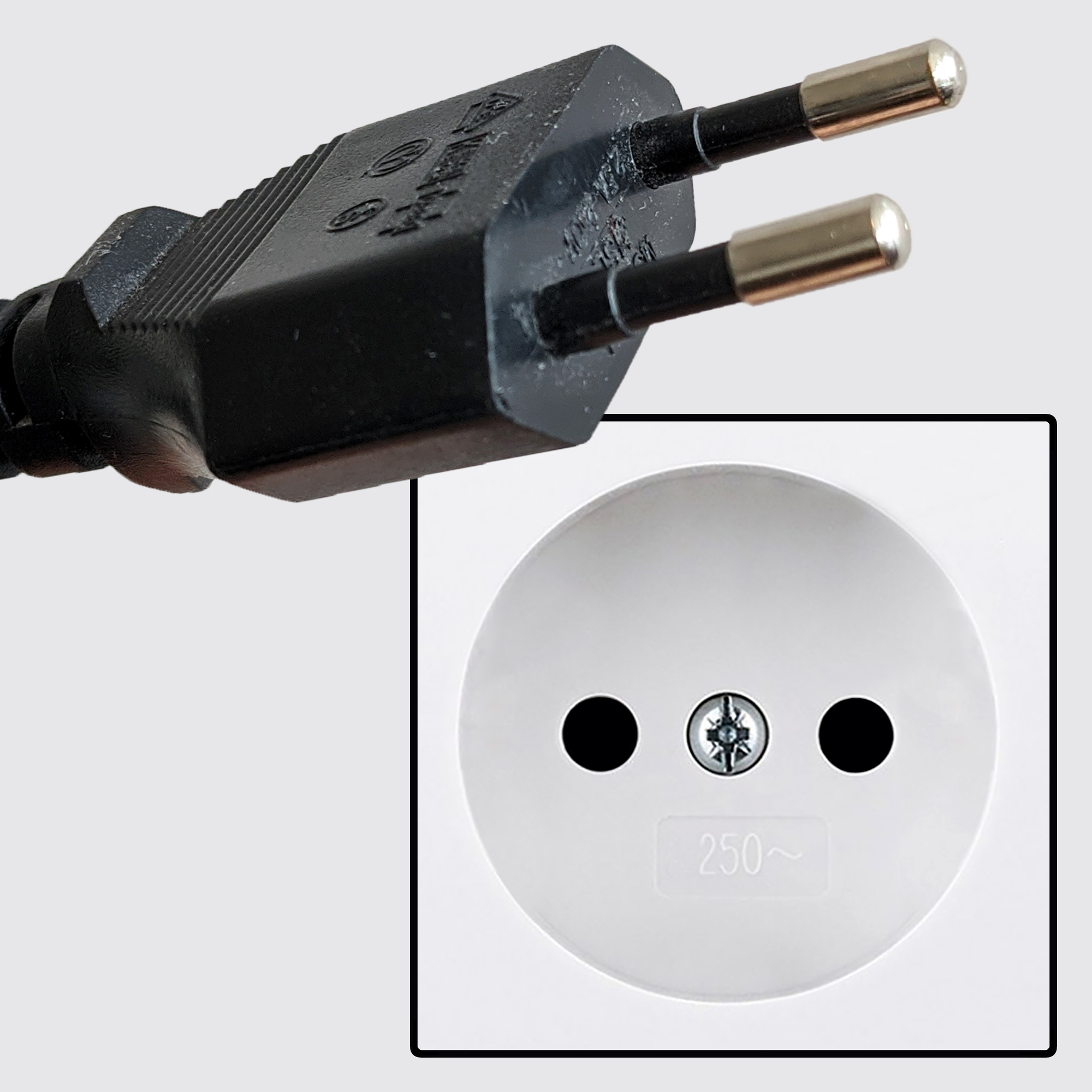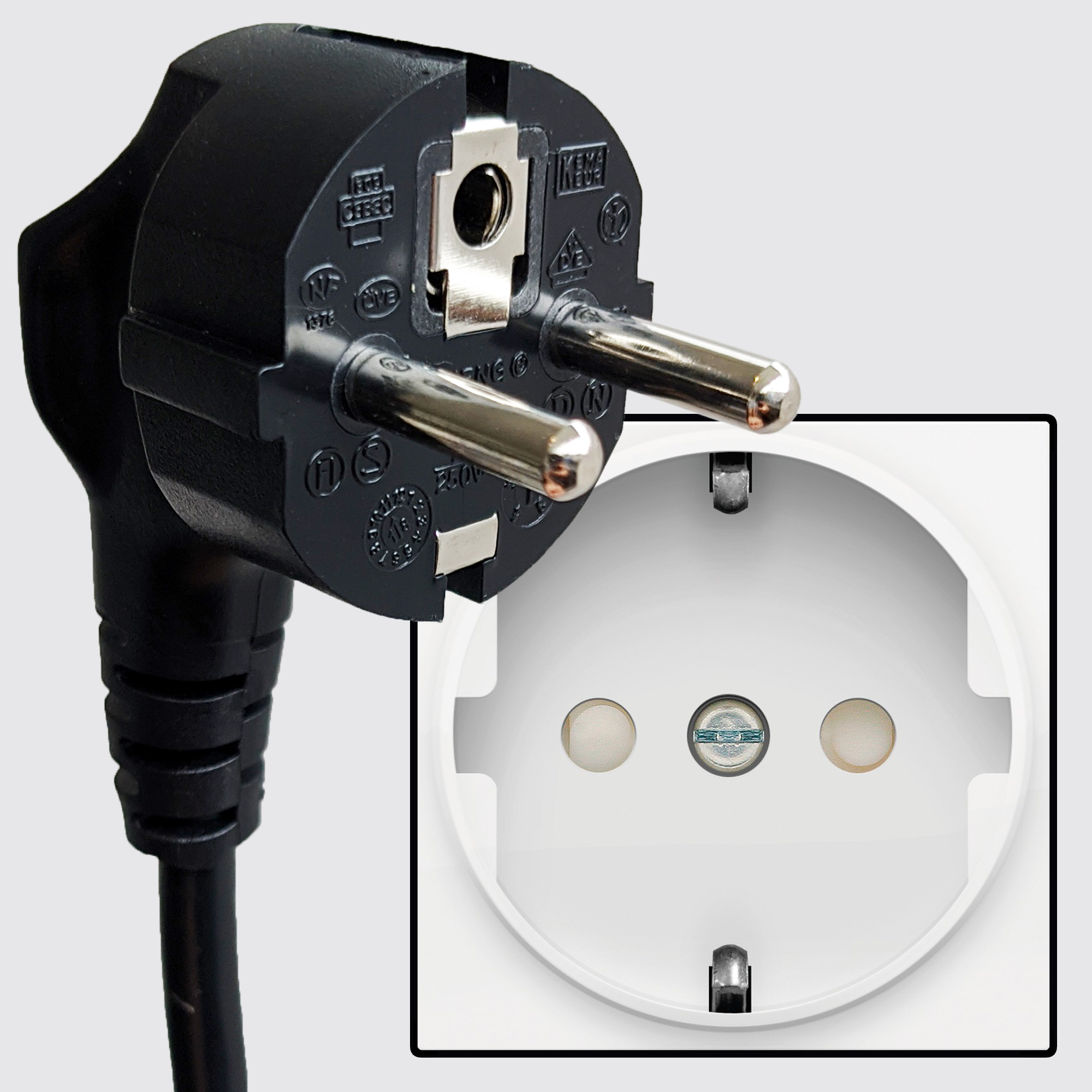Background information
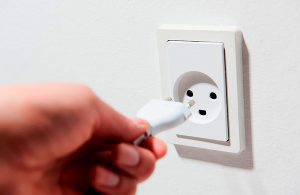
A type C plug and a type K socket
As an autonomous territory of Denmark, Greenland has standardized on the Danish type K sockets and plugs. Type C plugs can also safely be used thanks to their compatibility with type K sockets. Standard European type F plugs, however, pose a problem.
Although type F plugs come with 99.9% of all earthed appliances sold in Greenland, they are actually not fully compatible with type K sockets. The plug fits, but the appliance won’t be earthed because type K sockets require a male grounding pin on the plug, which type F plugs do not have. Many people are unaware of this and do not know that they are supposed to use a type-F-to-type-K plug adapter to ensure that their devices function safely.
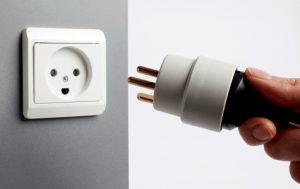
A type-F-to-type-K plug adapter
So currently in Greenland, many appliances that should be grounded are actually not grounded at all. That’s why many people get a buzzing sensation in their fingers when they touch the dishwasher, the toaster or even their laptop – in the worst-case scenario, it could lead to shocks that might even be life-threatening.
But why do so few homes in Greenland have type F wall outlets? Simply because until recently it was illegal to install wall outlets other than type K. Since 2008, it is also legal to install type F wall outlets. However, the problem is that many of the general public are still unaware of this option. So when building or renovating a house, most people in Greenland do not ask their electrician to install type F wall outlets, simply because they do not know that option is even on the table. To make matters even worse, for some unknown reason type F receptacles, plugs and extension cords are also very hard to come by in DIY stores. In short, the dangerous status quo in Greenland still remains.
In my opinion, the current situation is absurd. What is the point of rigidly adhering to a system that has long outgrown its usefulness? It is clear to everyone that the only way forward is for type K to be phased out and type F to become the sole official standard.


